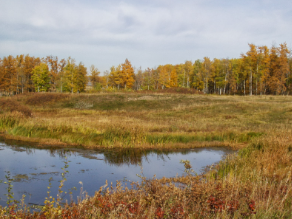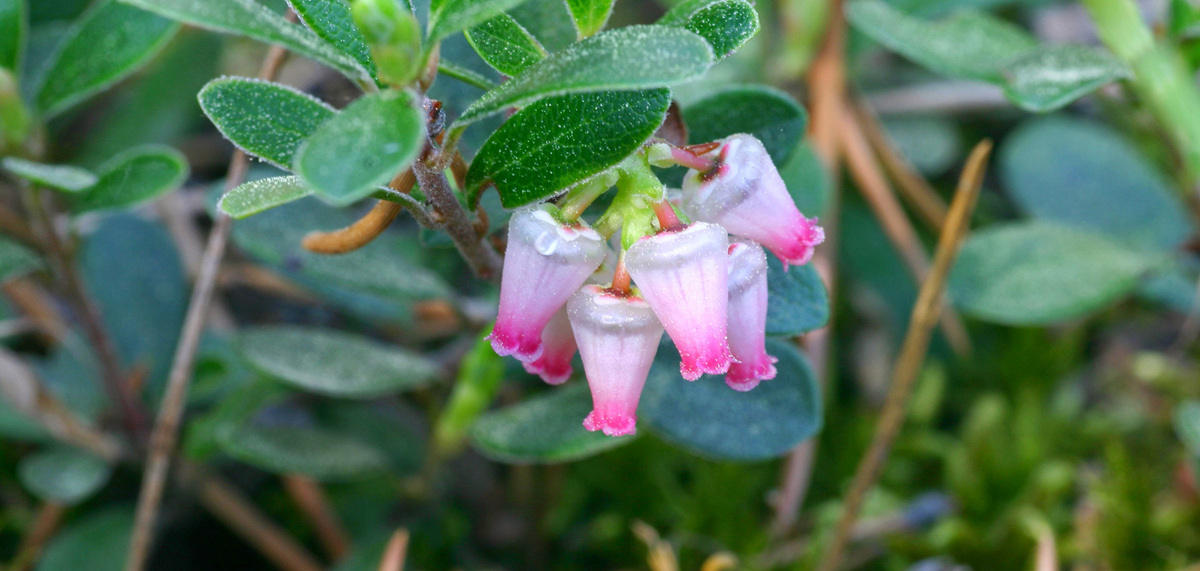
Survey Results: Insights into Alberta’s Wetland Information Needs
During the summer of 2024 we asked you–through an online survey–to share your wetland information needs with us, this blog post summarizes what we heard.
The Cole’s Note: Wetland Information Matters
You shared that access to reliable wetland data is highly valued and important to the work you do. Whether for land-use planning, academic research, or tracking environmental changes, you told us there is a growing demand for robust wetland information. You’re looking for data spanning abiotic, biotic, and geospatial wetland parameters, along with accessible information and reporting products.
“Thank you for sharing your wetland information needs with us. Your enthusiasm for wetlands and wanting to know more about them is appreciated! The survey feedback will help guide the reshaping of the wetland component of the Ecosystem Health Program, refine our data products, and enhance how we report on Alberta’s wetlands. ”
— Dr. Jenet Dooley, Senior Wetland Ecologist
Background
Since 2007, the ABMI’s Ecosystem Health Program has collected baseline data from over 1,500 shallow open water wetland sites across Alberta, including data on macroinvertebrates, vascular plants, water depth, and water quality. In addition, we have cataloged bryophytes, lichens, soil mites, mammals, birds, amphibians, and vascular plants at wetlands such as peatlands.
More recently, we expanded to satellite-based wetland mapping, creating a publicly accessible map of Alberta-wide wetland classes. These resources are viewable in the Wetland Atlas of Alberta or available for download through the ABMI’s Open Data Portal.
After 15 years, we are working to refine our approach to monitoring wetlands. We conducted this public survey to better understand the wetland information needs in Alberta. This survey is part of a broader engagement effort that includes a Wetland Advisory Group and a dedicated Indigenous engagement process. Together, these initiatives will help guide updates to our monitoring approach and will be used to improve tools and data products that support wetland conservation, land-use planning, and research.
Who We Heard From
Over 60 participants shared their perspectives, representing a variety of affiliations:
- three levels of government: federal, provincial, and local (cities, counties);
- industry: agriculture, energy, and forestry sectors;
- consultants;
- academic researchers and institutions; and
- environmental non-government organizations, with strong representation from Watershed Planning and Advisory Councils.
Recognizing that Indigenous communities have a profound connection to wetlands, both culturally and environmentally, we have been organizing separate engagement efforts to help understand Indigenous wetland information needs.
“As we refine the wetland component of the Ecosystem Health Program, we are dedicated to engaging Indigenous partners in ways that honour their knowledge systems and address their specific information needs. Through established and ongoing reciprocal relationships, we aim to ensure the updated monitoring program is inclusive, collaborative, and reflective of the diverse values tied to Alberta’s wetlands.”
— Dr. Crisia Tabacaru, Lead of Community Based Monitoring and Engagement Unit
The Main Takeaways
We analyzed your responses to better understand your needs and priorities regarding wetland information in Alberta. Here's what you told us:
- Mapped Inventories Matter: More than 85% of you currently rely on mapped resources in your wetland-related work. You use datasets like the ABMI Wetland Inventory, Alberta Vegetation Inventory, and Alberta Merged Wetland Inventory, often combining or comparing multiple inventories simultaneously. However, you’ve identified gaps in classification accuracy and field validation.
"The feedback highlights the need to improve inventory accuracies and continue to incorporate field validation—an area we are actively addressing. We are excited to have contributed to a project by the Government of Alberta, through a contract alongside Ducks Unlimited Canada, that lays the groundwork for state-of-the-art wetland mapping in Alberta."
— Jen Hird, Lead Scientist, Earth Observation Insights Unit
- Classification: Over 90% of you supported having wetland data categorized at the wetland class level (i.e., bog, fen, swamp, marsh, and shallow open water).
- Geographic Data Summarization Preference: You expressed interest in data summarized at various geographic levels, with watersheds considered among the most important. Summaries by natural region, at the individual wetland level, and at the provincial scale were also identified as valuable.
- Indicators: All of you expressed interest in using indicator information on wetland area and landscape distribution. You also highly value additional indicators, including ecological function (biodiversity, such as species or taxonomic groups) and environmental stressors (e.g., fire, climate, and human footprint).
- Data updates: The majority of you would prefer data to be updated every two to five years to capture short-term changes. However, you acknowledged that logistical constraints may limit the frequency of updates.
Spotlight on Existing Datasets and Opportunities
As part of our efforts to better understand and support the data needs of the wetland community, we asked how you currently use available datasets. Here's what we learned from your responses:
Most commonly referenced datasets:
- Mapped Inventory products: These are most often used for generating reports and monitoring compliance but are also utilized for land-use planning, academic research, and education and outreach. Key examples include the Alberta Merged Wetland Inventory, ABMI Wetland Inventory, Alberta Vegetation Inventory , ABMI Human Footprint Products, and Ducks Unlimited Canada Boreal Wetland Inventory.
- Biological datasets: These datasets are frequently used for reporting purposes, land-use planning, and education and outreach. Notable examples include ABMI’s biological monitoring data (invertebrates, vascular plants, vertebrates) as well as FWMIS (Fish and Wildlife Management Information System) and ACIMS (Alberta Conservation Information Management System) datasets.
- Opportunities for awareness: We discovered that some datasets, such as the Bow River Region Wetland Inventory, are not widely known or utilized. To increase awareness, we partnered with the Miistakis Institute, who have contributed a guest blog post exploring the potential applications of this dataset.
"I’m eager for more people to discover these Bow River Region datasets! I encourage you to check out this guest blog post from the Miistakis Institute, which delves into the Bow River Region Wetland Inventory and provides a case study on the application of the historical wetland dataset."
— Dr. Jacqueline Dennett, Wetland Ecologist
What’s Next?
Your input will be used to help shape the update to the wetland component of the Ecosystem Health Program. In the meantime, we invite you to explore these ABMI wetland tools and resources:
- The Wetland Atlas of Alberta: This resource details the distribution of wetlands across Alberta and by ecoregion, summarizing human disturbances in catchments, and highlights research spotlights on wetland biodiversity.
- The ABMI’s Mapping Portal: This tool allows you to access and visualize a wealth of land surface data, including the ABMI Human Footprint Inventory, the ABMI Alberta Wetland Inventory, and species data such as habitat suitability and occurrence information for taxa monitored by the ABMI. If you’re unfamiliar with using the Mapping Portal, head to our YouTube channel and watch a recent overview on how to use the tool.
- The Online Reporting for Biodiversity (ORB) tool: Explore an overview of wetland classes in an area that interests you, based on the ABMI’s Wetland Inventory for Alberta. We hope these tools will provide valuable insights as we refine our monitoring approach.
Thank you for being part of this important work! For those of you who’d like to learn more about our survey results you can read the full report summary here.
